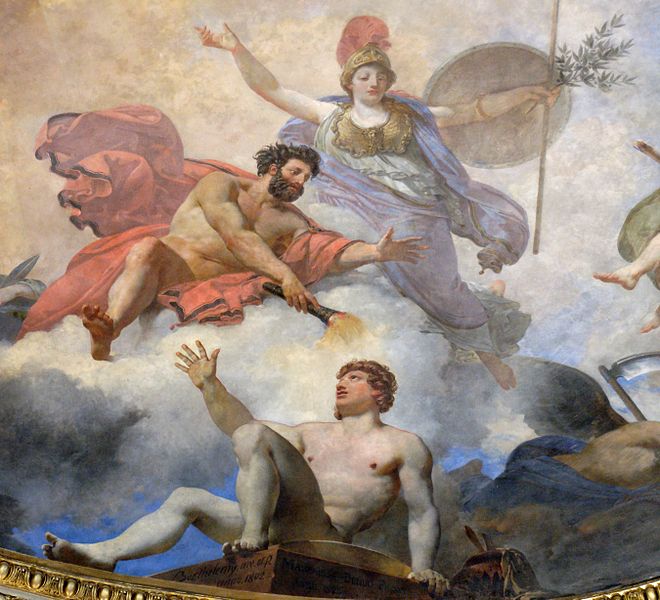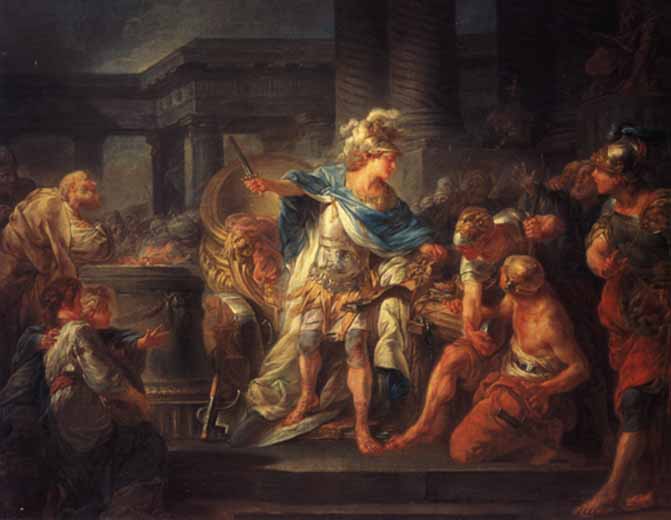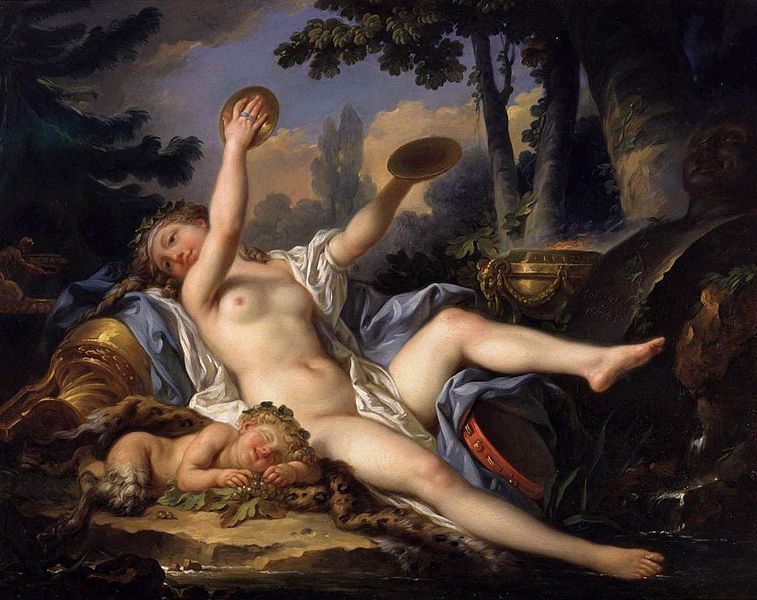<Back to Index>
- Painter François - Guillaume Ménageot, 1744
- Painter Jean - Simon Berthélemy, 1743
PAGE SPONSOR
Ménageot was born in London, the son of Augustin Ménageot (d 1784), an art dealer and adviser to Denis Diderot. François - Guillaume trained under first Jean - Baptiste - Henri Deshays, then Joseph - Marie Vien, and finally François Boucher (1703 – 1770), in his early works adopting the latter's style and use of warm, light colors. His 1766 Tomyris Plunging the Head of Cyrus into a Bowl of Blood (Paris, Ecole Normale Supérieure des Beaux - Arts) won the Prix de Rome and a stay at the French Academy in Rome from 1769 to 1774.
The Académie Royale in Paris approved François - Guillaume as a history painter in 1777, and he then exhibited The Farewells of Polyxena to Hecuba (Chartres, Musée des Beaux - Arts) at the Salon, and it received a good reception, as did his entrance piece Learning Resisting the Passage of Time (1780; Paris, Ecole Normale Supérieure des Beaux - Arts) and his 1781 Death of Leonardo da Vinci in the Arms of Francis I (Amboise, Hôtel de Ville). He and other painters led French painting to return to the Grand Style, with more horizontal compositions, more sculptural drapery, colder coloring and set in ever more monumental architecture. He died in Paris.
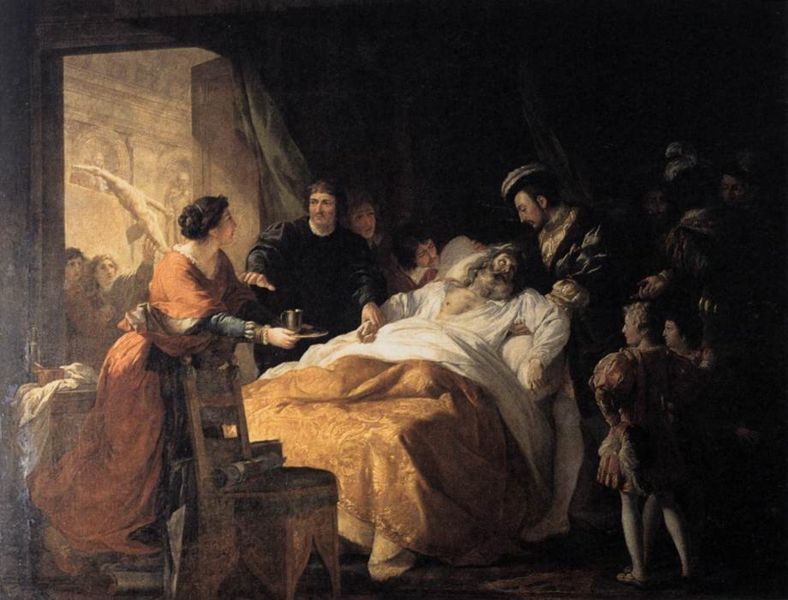
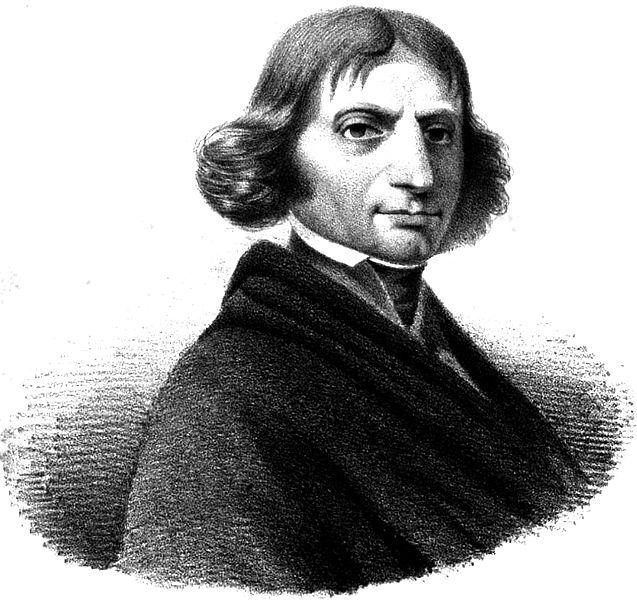
Jean - Simon Berthélemy (5 March 1743 – 1 March 1811) was a French history painter who was commissioned to paint allegorical ceilings for the Palais du Louvre, the Luxembourg Palace and others, in a conservative Late Baroque - Rococo manner only somewhat affected by Neoclassicism.
Berthélemy was born in Laon, Aisne, the son of a sculptor, Jean - Joseph Berthélemy,. He trained in the atelier of Noel Hallé, a professor at the Académie royale de peinture et de sculpture and made his first reputation in the 1760s; after reaching second place in 1763, he won the Prix de Rome of the Académie in 1767. An early commission was for a suite of decorative paintings under the direction of the architect Jean - Gabriel Legendre for the Hôtel de l'Intendance de Champagne at Châlons - sur - Marne, of which the artist only completed six overdoors, much in the manner of François Boucher and delegated the rest of the commission to a fellow pupil at the Académie.
Berthélemy's master Hallé provided cartoons for the royal tapestry manufacture of the Gobelins, where he was appointed superintendent in 1770; Berthélemy was called upon to provide cartoons for the weavers as well. His Death of Etienne Marcel (1783) of which the oil sketch survives, was woven in the series Histoire de France.
Berthélemy was an esteemed painter in his day, chosen to join the entourage accompanying Napoleon's campaign in Italy, where he was among the experts assigned the task of selecting works of art to be transferred to Paris under terms of the Treaty of Tolentino, February 1797. He died in Paris. When two monographs on Berthélemy were published in 1979, Philip Conisbee, reviewing them in The Burlington Magazine, observed drily, "Two monographs on Berthélemy is overkill for a painter who could have been dispatched with a single substantial article. The French academic system of art education in the eighteenth century, backed up by the stimulus of church and state patronage, was so efficient and rigorous that even an average talent could be sufficiently conditioned to produce a handful of decent history paintings, which are sometimes minor masterpieces."
